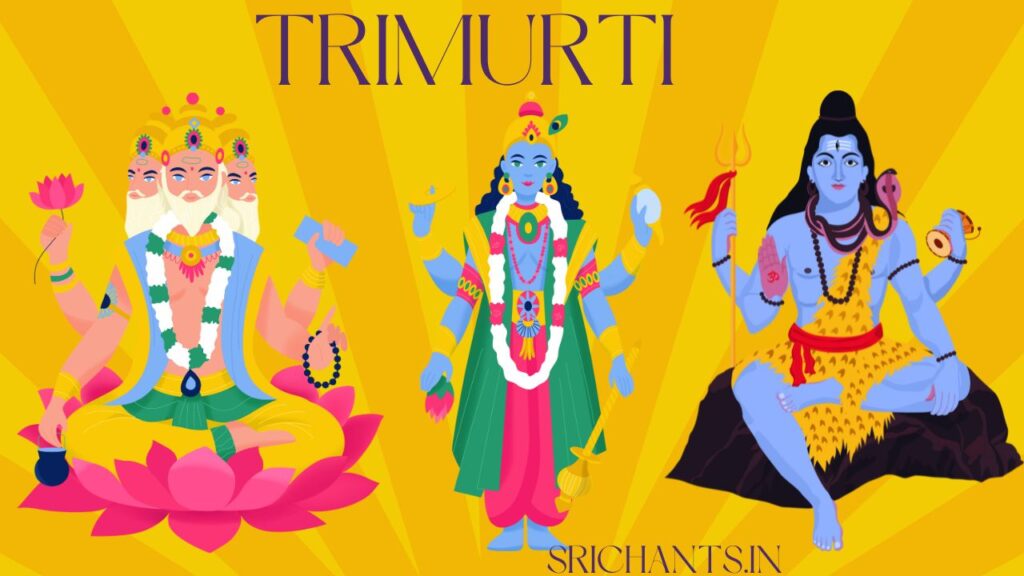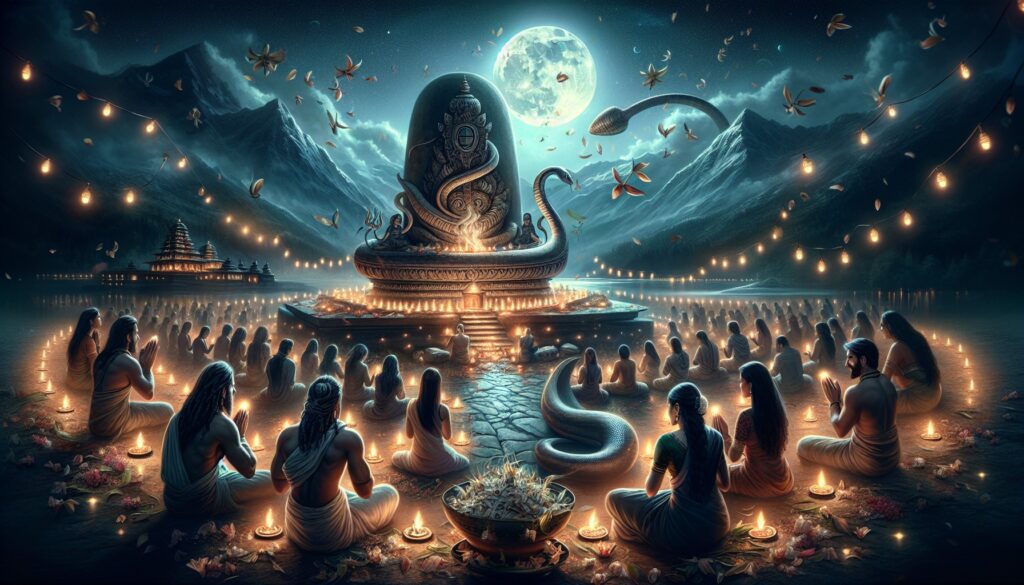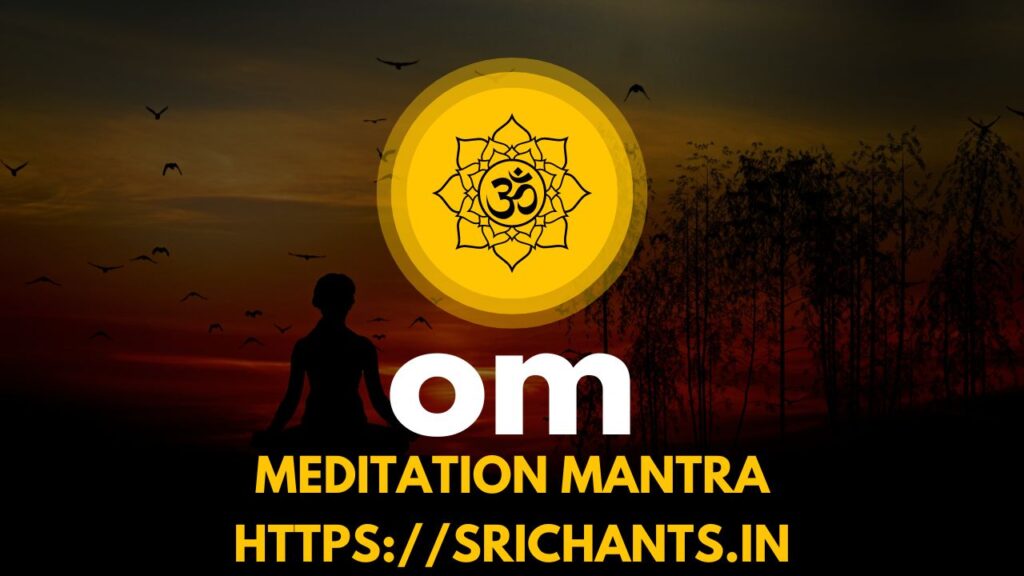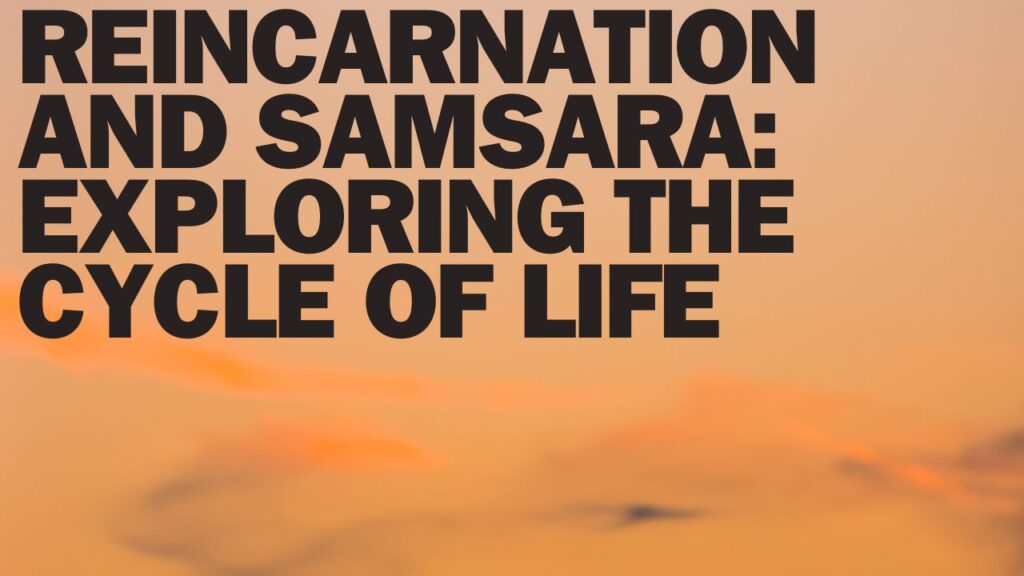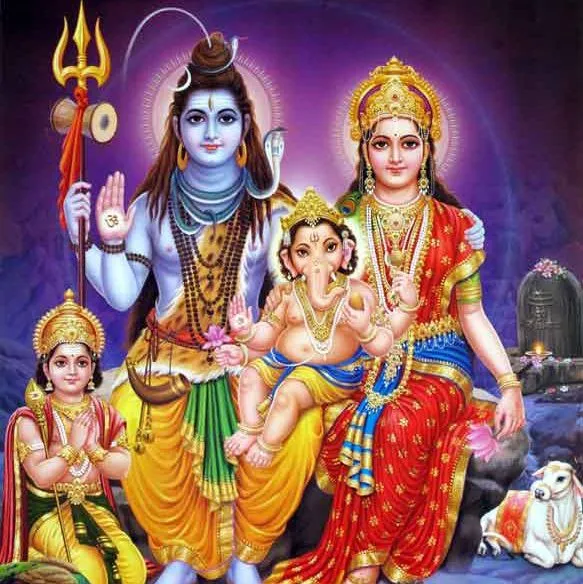Trimurti God: Sacred Trinity of Hinduism
Introduction:
Hinduism, the earliest extant religion on earth, is an intricate fabric of varied tenets and rituals that have developed throughout millennia. Central to Hindu cosmology and spirituality is the revered Trinity, or Trimurti, which consists of the following deities: Brahma, Vishnu, and Shiva. The divine triad symbolizes the three fundamental cosmic functions, namely creation, preservation, and annihilation. This article aims to explore the profound significance of the Trimurti, shedding light on the enduring enigmas of existence and the recurrent pattern that defines life.
Brahma: The Creator
The Trimurti commences with Brahma, the celestial being attributed with the creation of the universe. Brahma, symbolized by four limbs and four heads, each pointing in a cardinal direction, represents the cosmic force responsible for creation. Brahma is purported to emanate from a lotus that originates from the navel of Lord Vishnu. Notwithstanding his position as the progenitor, Brahma’s veneration is comparatively subordinate to that of Vishnu and Shiva owing to a curse linked to his construction of Saraswati, the deity associated with wisdom and cognition.
Vishnu: The Preserver
As the second member of the Trinity, Lord Vishnu safeguards and preserves the universe. Vishnu, endowed with four limbs holding symbolic objects and displaying a serene countenance, assumes diverse forms or avatars on Earth in order to reinstate cosmic order amidst periods of turmoil. Dashavatara, the ten manifestations of Vishnu, comprises esteemed incarnations including Krishna and Rama. Every avatar serves a unique purpose, exemplifying valiant actions, sagacious doctrines, and the fundamental tenets of moral rectitude.
Shiva: The Destroyer
Lord Shiva, the embodiment of the destructive aspect of the universe, completes the sacred trinity. Shiva, who has matted hair, a crescent moon adorning his forehead, and a third eye signifying wisdom, is emblematic of yogic force and asceticism. In contrast to popular belief, Shiva’s designation as the destroyer does not signify malevolence; on the contrary, it signifies essential devastation that facilitates the process of rebirth and rejuvenation. Reflecting the cyclical essence of existence, Shiva, the embodiment of change, eliminates the previous in order to make way for the emerging.
The Interconnectedness of the Trimurti
Although Brahma, Vishnu, and Shiva serve unique cosmic purposes, they are profoundly intertwined. Preservation ensues after the act of creation, and annihilation ultimately ensues after preservation, which subsequently gives rise to a new creation. Fundamental to Hindu philosophy is this recurring pattern of birth, existence, death, and rebirth; it is frequently represented by the eternal dance of Shiva, referred to as the Tandava. The dynamic interaction among the three celestial beings exemplifies the inherent equilibrium and harmony of the universe.
Trimurti Symbolism and the Unity of All Existence
Frequently portrayed as a unified entity with three distinct facets, the Trimurti represents the interdependence and coherence of all existence. The harmony of the universe is symbolized by this divine trinity, in which each deity is complementary to the others and ensures equilibrium and structure. The sacred syllable “AUM” (or “OM”) is linked to the Trimurti, which symbolize the following three fundamental conditions of the universe: destruction (M), preservation (U), and creation (A). It is widely believed that the chanting of “AUM” establishes a link between one’s being and the cyclical motion of the universe and divine energy.
Devotees and Worship
The Trimurti God is venerated extensively throughout India and further afield. Temples honoring Brahma, Vishnu, and Shiva are dispersed across the nation, while prominent sects practicing Vaishnavism, Shaivism, and Shaktism, respectively, venerate Vishnu, the Divine Mother, and Shiva. Adherents of Hinduism partake in a multitude of rituals and practices as a means of manifesting their veneration and soliciting blessings from the Trimurti.
The Trimurti in Everyday Life
The importance of the Trimurti transcends the confines of temples and ceremonial practices. It is customary for Hindu households to engage in the practice of offering prayers to the Trinity, with the intention of soliciting blessings that promote a state of equilibrium and harmony in one’s life. The devotion to Brahma, Vishnu, and Shiva is the focal point of numerous religious celebrations and rituals, which serves to reinforce their pervasiveness in Hindu culture. All facets of existence are impacted by the Trimurti’s influence, which directs people toward spiritual enlightenment and a more profound comprehension of being.
The Trimurti’s Philosophical Implications
The Trimurti exemplifies profound philosophical principles that significantly influence the Hindu worldview. It emphasizes the interconnectedness of creation, preservation, and destruction within the cyclical nature of existence. This viewpoint promotes the adoption of a receptive attitude toward change, an awareness of the transitory nature of material existence, and the pursuit of spiritual development via self-actualization. Devotees are motivated by the Trimurti’s teachings to live virtuously, carry out their responsibilities, and pursue enlightenment.
Conclusion
The Trimurti, an auspicious trinity in Hinduism, is comprised of the deities Brahma, Vishnu, and Shiva. In their capacity as cosmic forces that govern creation, destruction, and preservation, they exemplify the foundational tenets of existence. Gaining an understanding of the Trimurti’s significance provides individuals with profound insights into the enigmas of existence and inspires them to undertake a spiritual quest for enlightenment and self-realization. Millions are still moved by the enduring wisdom of the Trimurti, which promotes equilibrium, harmony, and a more profound union with the divine.
